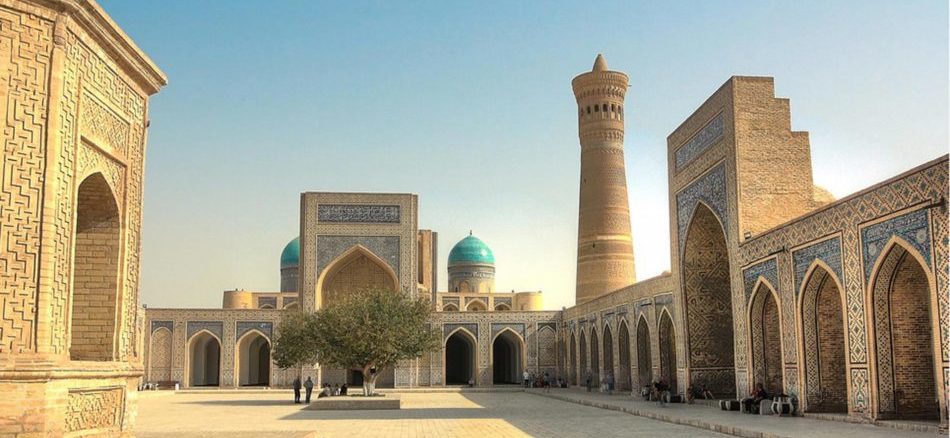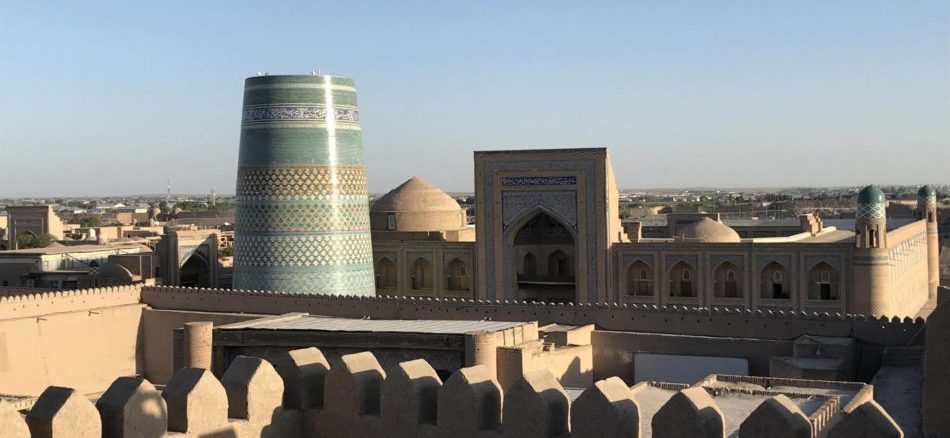
Bukhara travel guide
Bukhara is an ancient oasis city along the fabled Silk Road and it is said that the sun shines up from the city for it is so noble. For centuries it was a centre of trade and Islam, earning the title Bukhoro-i-Sharif, or “Noble Bukhara” among Muslims (one of the seven holy cities of Islam). The city itself boasts impressive architecture and history. It is one of the few places in Central Asia where one can feel the heartbeat of ancient Central Asia. Most of the city remains intact and most of the 250,000 inhabitants are members of families who have lived there for generations upon generations.

The city was founded in the 1st century AD. By the time of its capture by Arabs in the early 8th century, Bukhara had become an important trade and cultural center. It was a leading center of Islamic learning under the Arabs and the Persian Samanid dynasty, which held the city in the 9th and 10th centuries. It later was captured successively by the Qarakhanids and Tatars, and in 1555 it became the capital of an Uzbek emirate. The emirate was conquered in 1866 by Russia, which held it as a protectorate from 1868 to 1920; then the emir was removed, and the city was made the capital of the Bukhara People’s Soviet Republic. From 1924 to 1991 the city was incorporated into the Uzbek Soviet Socialist Republic (UzSSR). Uzbekistan became an independent republic in 1991.
The Bukharan region produces natural gas, cotton, fruit and silk. There is also a textile industry producing karakul pelts, local carpets and clothing. At the end of the Zarafshan river, Bukhara is also on the edge of Uzbekistan’s agricultural belt and the large Kyzyl Kum and Kara Kum deserts (Red Sand and Black Sand deserts).










